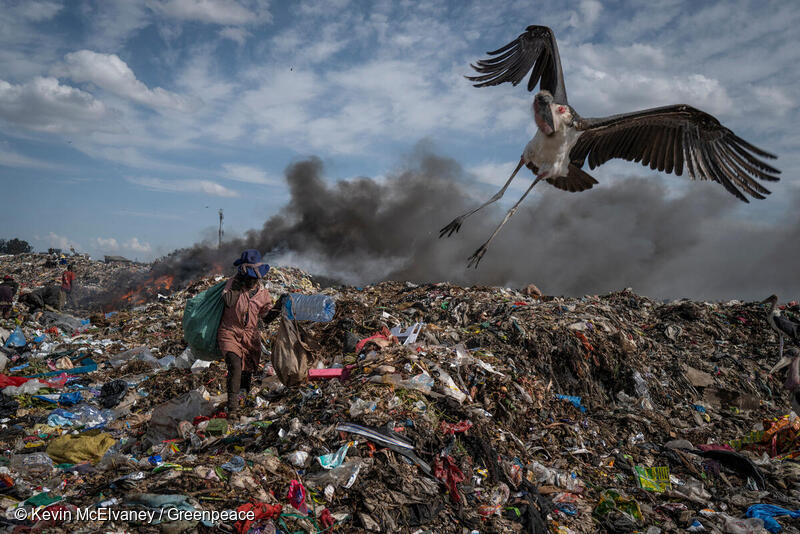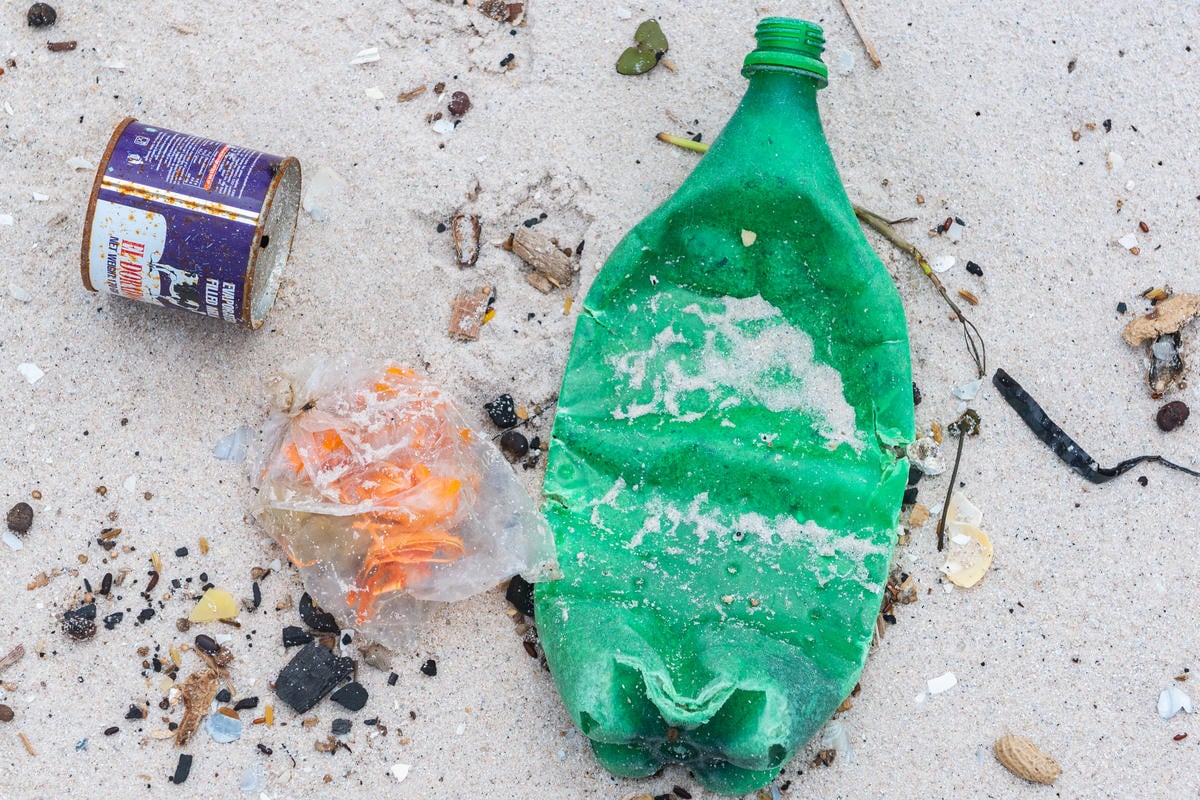Nairobi, 25 January 2019 – The Ministry of Agriculture has warned of a recurrence of the fall armyworm in the North Rift Region of Kenya. Responding to this news, Greenpeace Africa’s Food for Life Campaigner Claire Nasike has said:
“Climate change and a broken food system will continue to open the door to fall armyworm. In less than three years, the impact of the fall armyworm has been felt not just across Kenya but in Africa as a whole. Since many regions in the country are already experiencing the impacts of climate-change, it is likely that there will be a recurrence of these pests.
“A study by International Centre of Insect Physiology and Ecology (ICIPE) has established that a climate-adapted version of Push-Pull technique is effective in controlling the fall armyworm, providing a suitable, accessible, environmentally friendly and cost-effective strategy for managing the pest.
“The ministry of Agriculture needs to urgently prioritise ecological farming methods which combine modern science and innovation with respect for nature and biodiversity. The ministry should encourage farmers to use organic pesticides and techniques; such as the push and pull technology to get rid of the pests instead of using conventional pesticides. These techniques do not harm the soil and water sources which are critical agricultural components.
“The ministry should strive towards forming partnerships with organisations promoting ecological agriculture to find technical solutions in addressing the destructive fall armyworm. We cannot afford to rely on solutions that enable corporates to profit at the expense of farmers and consumers.”
Media Contacts:
Hellen Dena, Communication Officer- Greenpeace Africa, [email protected], + 254 717 104 144
Notes to the Editor:
[1] Push–pull technology involves intercropping cereal crops with insect repellent legumes in the Desmodium genus, and planting an attractive forage plant such as Napier grass as a border around this intercrop. The intercrop emits a blend of compounds that repel (‘push’) away the pests, while the border plants emit semiochemicals that are attractive (‘pull’) to the pests.



